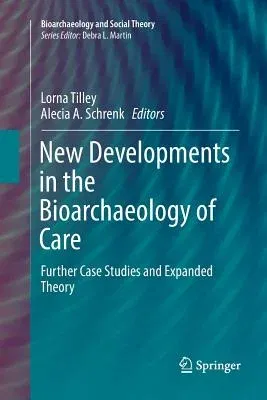New Developments in the Bioarchaeology of Care: Further Case Studies and Expanded Theory (Softcover Reprint of the Original 1st 2017)Paperback - Softcover Reprint of the Original 1st 2017, 14 June 2018

Qty
1
Turbo
Ships in 2 - 3 days
In Stock
Free Delivery
Cash on Delivery
15 Days
Free Returns
Secure Checkout

Part of Series
Bioarchaeology and Social Theory
Print Length
385 pages
Language
English
Publisher
Springer
Date Published
14 Jun 2018
ISBN-10
3319819941
ISBN-13
9783319819945
Description
Product Details
Book Edition:
Softcover Reprint of the Original 1st 2017
Book Format:
Paperback
Country of Origin:
NL
Date Published:
14 June 2018
Dimensions:
23.39 x
15.6 x
2.13 cm
ISBN-10:
3319819941
ISBN-13:
9783319819945
Language:
English
Location:
Cham
Pages:
385
Publisher:
Weight:
566.99 gm